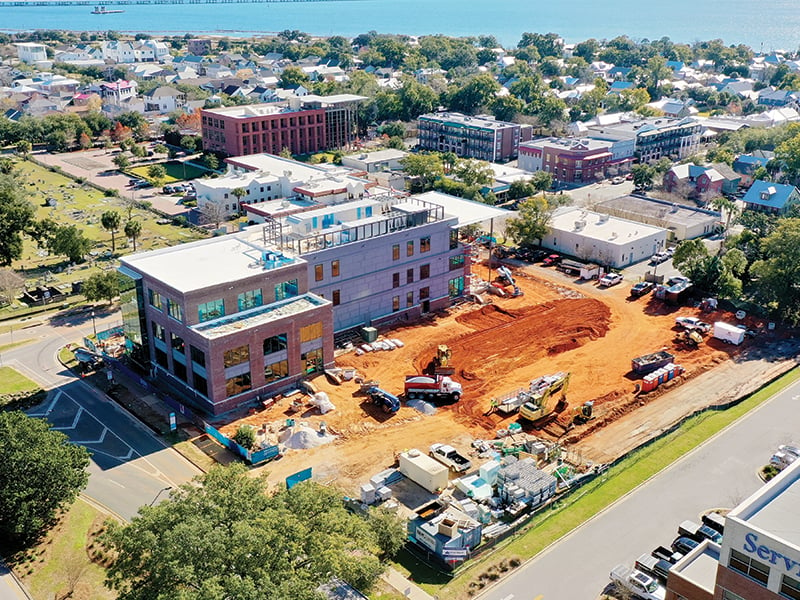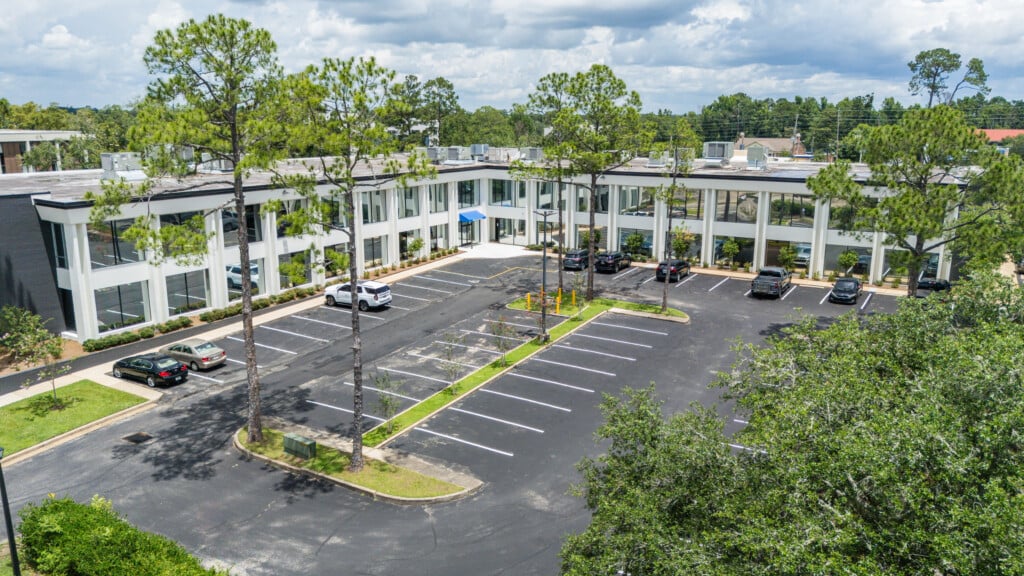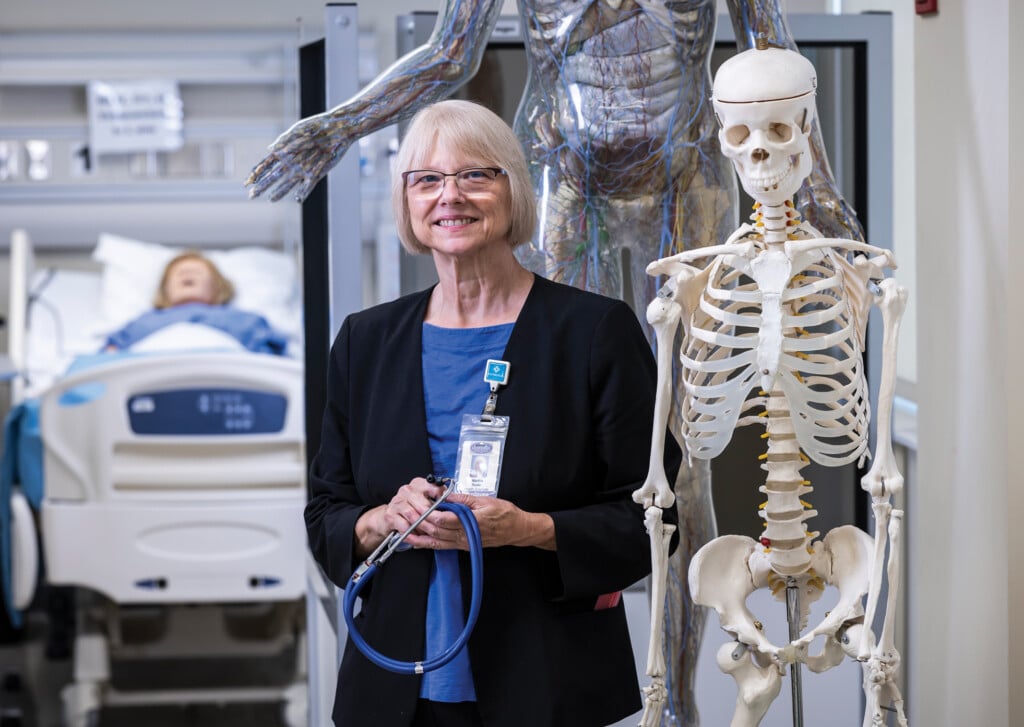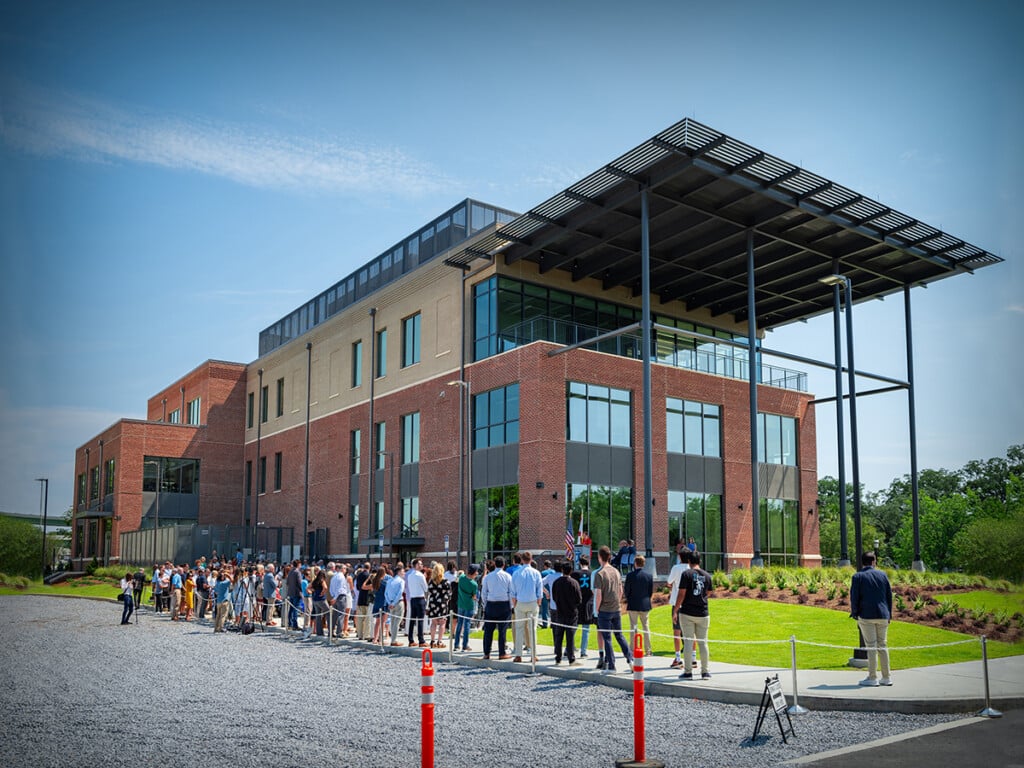A Big Leap for IHMC
New facility will aid in human performance studies

Many people consider jumping out of a perfectly good airplane for the sheer thrill of the experience. Far fewer actually do so, for various reasons, fear of heights being chief among them.
For the 14,000 men and women who graduate from the U.S. Army Airborne School every year, standing in line to jump out of an aircraft becomes a mindset and a skill. In three weeks, the basic parachuting lessons taught at the Fort Benning, Georgia, school enable students to overcome fears, complete jumps from aircraft flying at altitudes over 1,200 feet and stand proudly in line for graduation and bragging rights.
While intensive training builds muscle memory that helps make proper, safe landings a regular occurrence, awkward jumps resulting in trauma to the body do occur. In fact, a significant number of students and paratroopers operating in the field suffer mild brain trauma like concussions and mild traumatic brain injury (mTBI).
“A substantial number of students, approximately 25%, suffer from mild traumatic brain injury,” said Dr. Ken Ford, founder and CEO of the Institute for Human and Machine Cognition (IHMC) in Pensacola.
The U.S. Army, aware of IHMC’s expertise in pioneering technologies and leading studies aimed at leveraging and extending human capabilities, asked IHMC to study students at the school experiencing mTBI and hopefully find an approach to reducing long-term effects.
The study is an example of the kind of project that will be accomplished more effectively in a new $40 million IHMC research complex that is due to open this spring. It will be the fourth building on IHMC’s Pensacola campus, and it will support and accelerate healthspan, resilience and performance research. The new building will house state-of-the-art labs and equipment expected to benefit and attract researchers.

IHMC research scientist Dr. Gwen Bryan leads the exoskeleton team in testing the Quix Mobility Assistive Device. Vishnu Aishwaryan presses against the foot, as Owen Winship monitors the control software. Bryan, currently cramped for space, looks forward to a new research complex
as a place where she will be able to have all her devices together in one dedicated area. Photo by William Howell / IHMC
IHMC, a not-for-profit research institute of the Florida University System, receives funding from a wide range of government and private sources. Research partners include NASA; the U.S. Navy, Army and Air Force; Raytheon; IBM; Boeing; and Microsoft.
The paratrooper research was conducted at Fort Benning and the main IHMC campus in Pensacola. It was one of many human performance projects in which IHMC’s faculty and staff collaborated with industry, academic and government research partners to develop science and technology to extend human performance and resilience.
Ford took on the challenge with principal investigator Dr. Morley Stone, who is IHMC’s chief strategic partnership officer, and a large research team. Funded by the Department of Defense, their blind study’s focus was to understand how a ketone ester supplement might reduce the long-term effects of mild mTBI.
“We hope the intervention of a supplement like ketone ester will reduce the level of damage experienced after a blow to the head,” Ford said.
Ketones are chemicals naturally produced in the liver. A ketone ester benefits the human body in many ways including curbing carbohydrate cravings, increasing endurance, improving muscle recovery and enhancing cognitive function. Ford observed that studies have shown that elevated ketone levels induce an increase in a protein called brain-derived neurotropic factor (BDNF), which supports existing neurons and helps grow new ones.

Dr. Gwen Bryan. Photo by William Howell / IHMC
Dr. Gwen Bryan, a research scientist and lead for IHMC’s powered exoskeleton research team, said the new research complex will be advantageous for many reasons.
“It fits right in between robotics and human performance,” Bryan said. “The robotic side is the hardware and the software that we use to develop suits that are trying to help humans. And, we need to know how they are affecting us.” She explained that her work includes physiological assessments to ensure that exoskeletons are functioning as intended.
To date, Bryan’s research area was a hodgepodge of biomechanics equipment set up in a robotics room — not a good human subject experimental area.
The space was distracting for participants who were measured and tested, taped up with sensors and asked to move and bend while wearing an exoskeleton. There was no privacy. To determine that the suit was performing as intended, Bryan used motion capture cameras, measured muscle activity and applied metabolic sensors to participants.
“The new building will be awesome,” she said. “I can bring my devices together in one dedicated area. This will be helpful and offer privacy to our participants while we validate the exoskeleton.”
Positive thoughts bring positive results. On the Pensacola campus, plenty of positive thoughts spin and churn as scientists and leaders including Ford and Bryan push beyond norms, prod and measure, scan, test and analyze.
The new building will foster new rounds of creative solutions that will enable people to enjoy life and function with higher performance.
The fuselage door is open, and IHMC is taking the jump.


